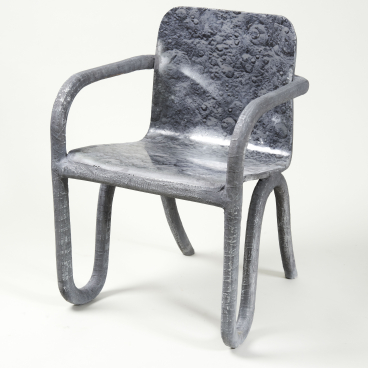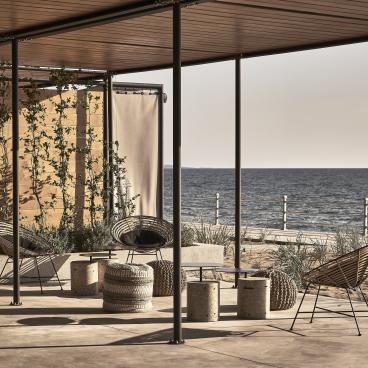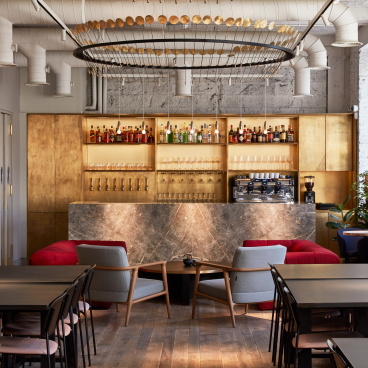Wästberg teams up with David Chipperfield to reinvent the classic w102 Chipperfield lamp
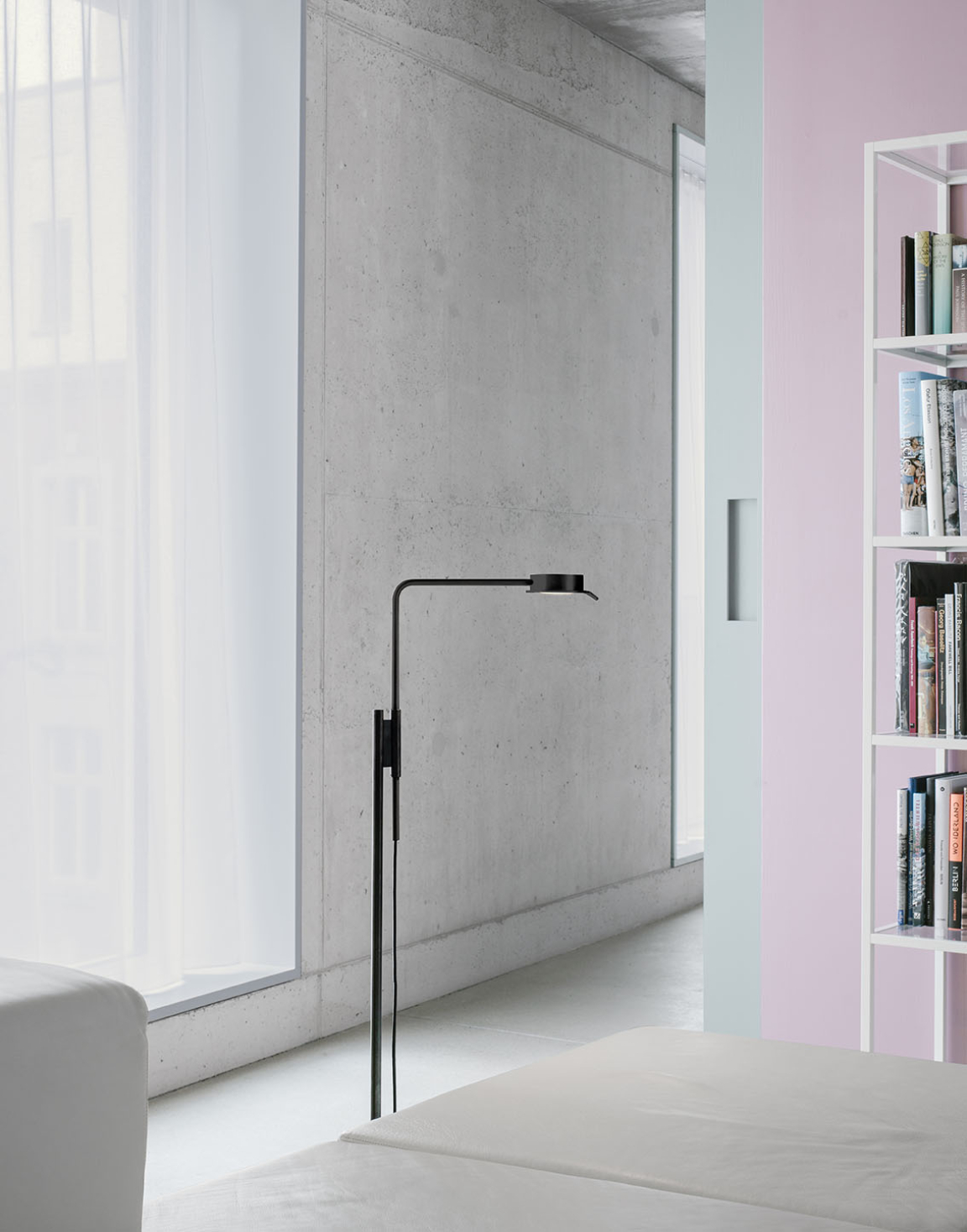
All images courtesy of Wästberg. © Simon Menges
Swedish lighting brand Wästberg and architect David Chipperfield have unveiled extensions to the w102 Chipperfield lamp in collaboration with Alessi.
The w102 Chipperfield lamp references an archetypal personal desk lamp for home or office use and seeks to offer a fresh interpretation of the familiar on a domestic scale.
Predominantly made from brass – a material commonly associated with lights, though not so widely used today – the intention was to create a simple form with a clear distinction between a base, a single arm and a lamp head. The lamp has no visible joints and minimal directional movement, without compromising its function.
For 2019, the w102 Chipperfield lamp has been extended into a family with a wall version, a floor version and an integrated version. Furthermore, a new black steel version will be introduced across the range, where the blackening process gives the steel a smooth, grey-black finish.
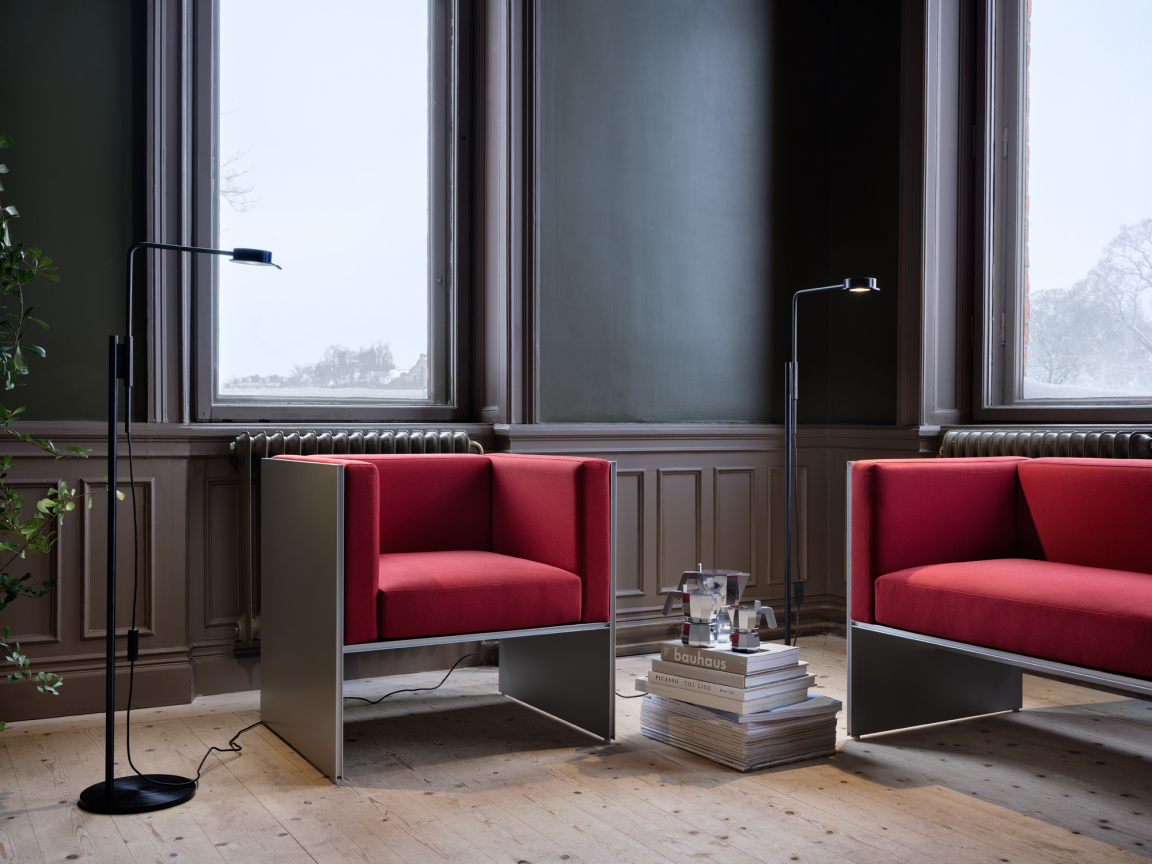
© Simon Menges
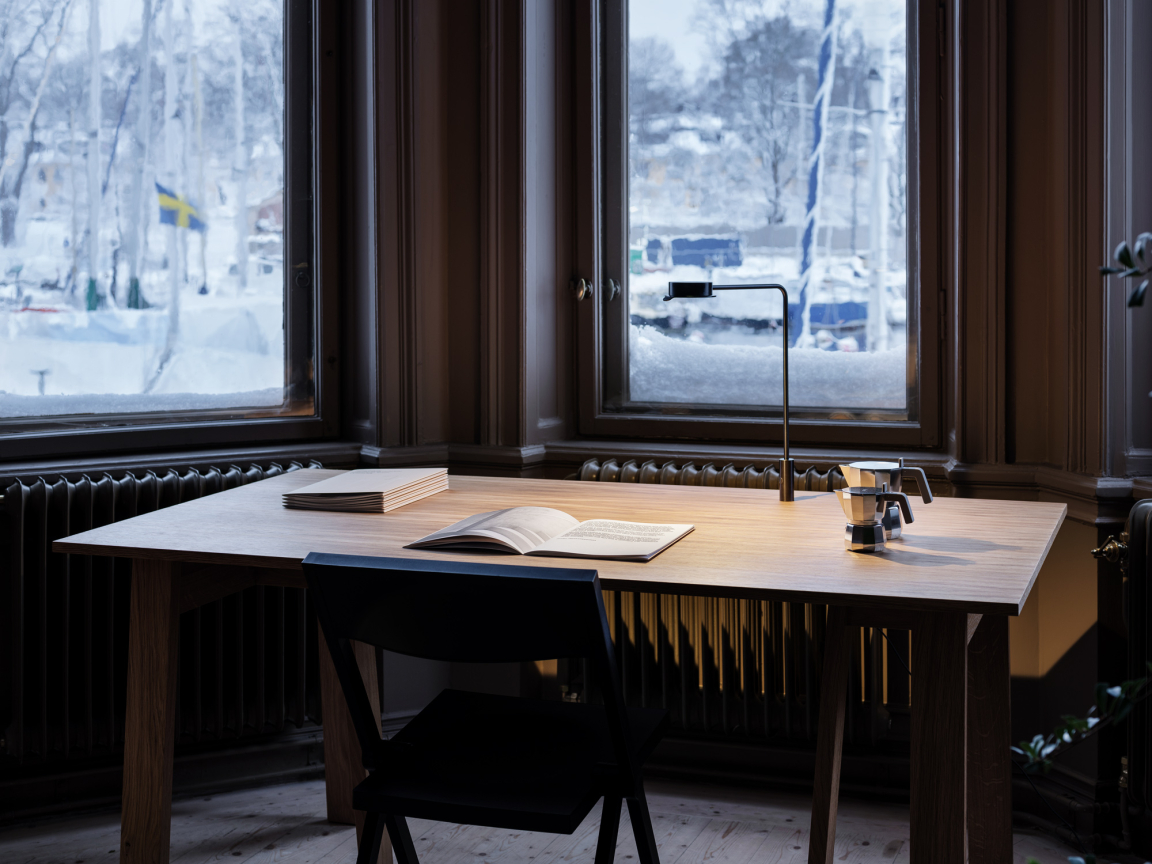
© Simon Menges
For a little more background on the lighting company, Wästberg emerged from a young Swedish man’s precocious insight. He had identified a systemic failure prevailing in most of the offices and public places of the world – a problem so monumental that no one neither bothered, nor wanted to, confront it.
In a printed manifesto entitled Lamps for Neanderthal Man (2008), he outlined a development gone awry a very long time ago. In brief, man had, in a misguided pursuit of efficiency and standardisation, been deprived of private spheres, with light as sole protection and trust.
Wästberg wanted to bring back light to human proximity. Open the eyes of those who close them, without blinding them. Rekindle the appreciation of sublime shadows and contrasts. Economise on energy and materials, particularly important in a world that has exceeded its moral authority.
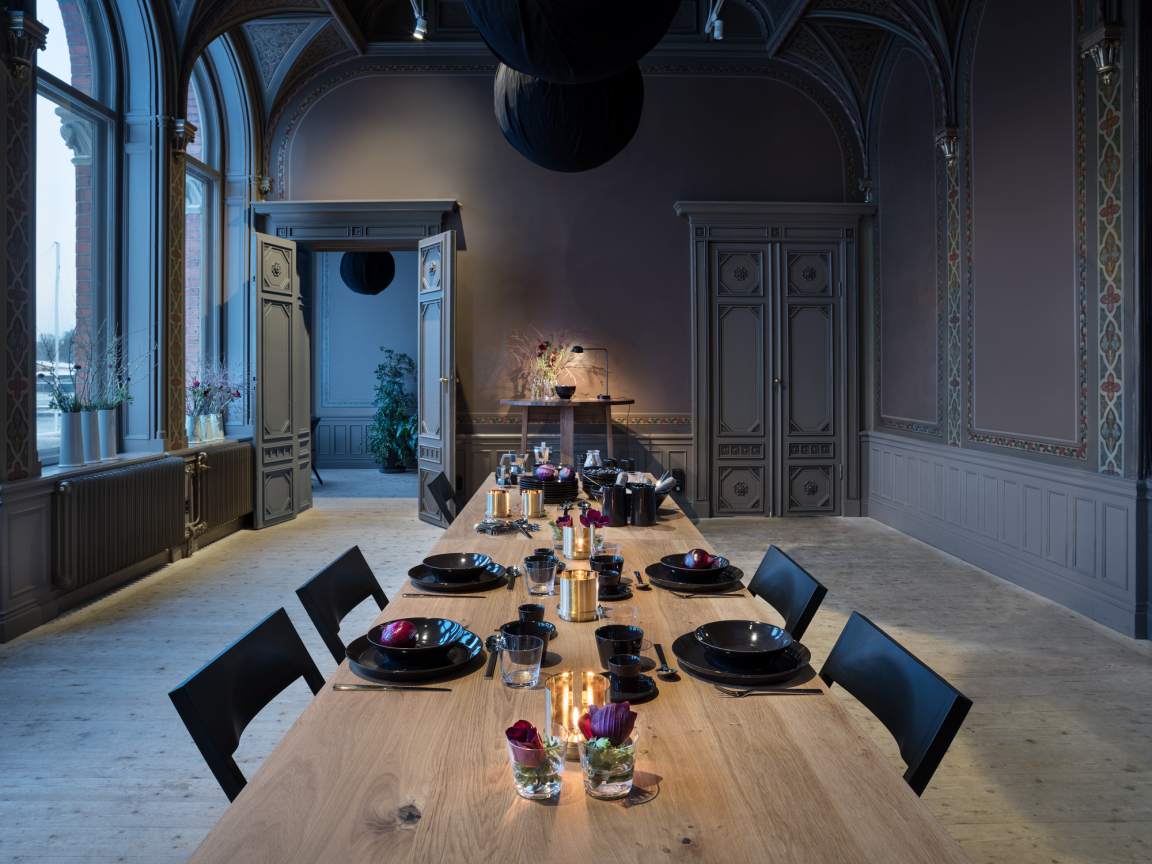
© Simon Menges
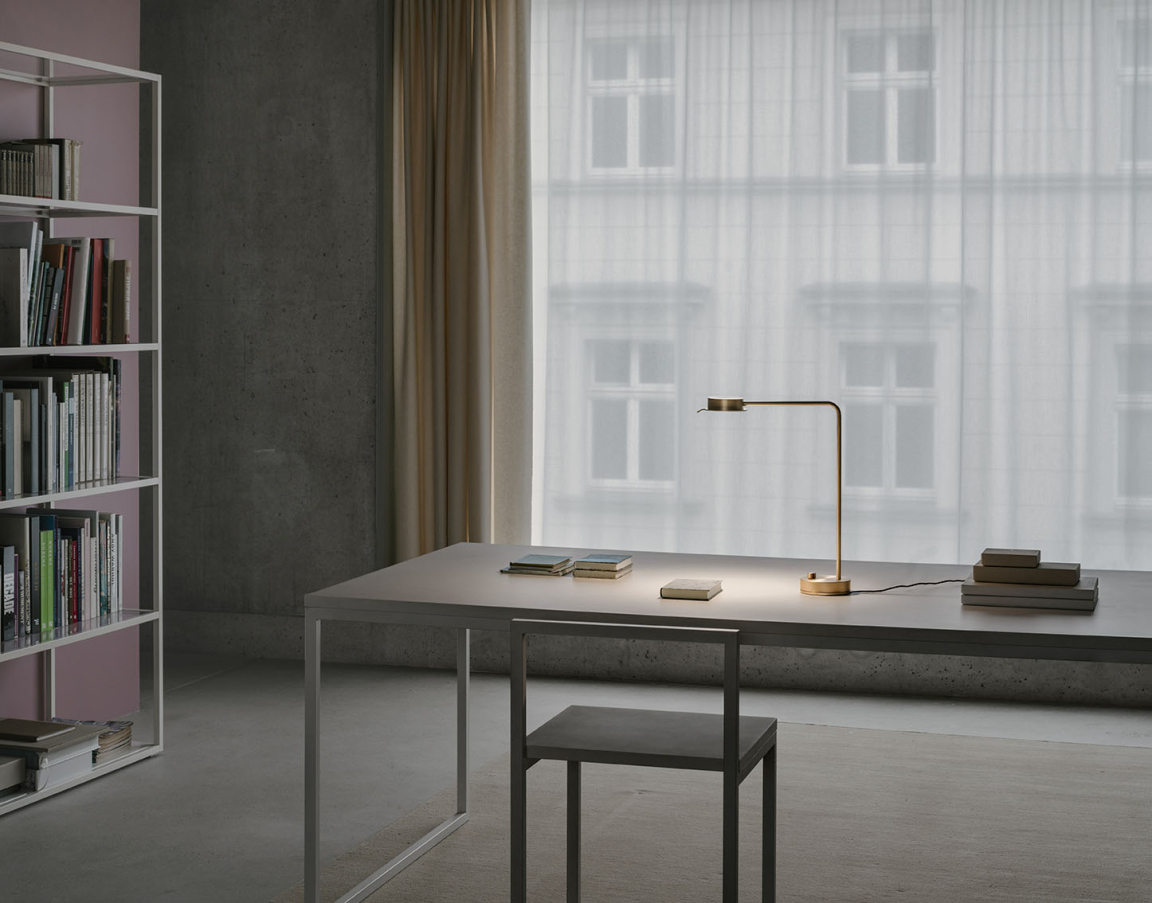
© Simon Menges
With a scaled-down general lighting in the ceiling, and sophisticated direct light from desk lamps, wall lamps, floor lamps and pendant lamps, Wästberg wanted to build a new... whole. Cold and sterile environments with constant static brightness could be turned into atmospheric environments through beautiful and functional lighting that lend well-being. The sophisticated direct lighting remained to be created.
After almost nine years of activity, Wästberg has now left its own private sphere - to be considered as an established player in, and for, the public eye. This has not hindered the development of lamps for people’s homes.
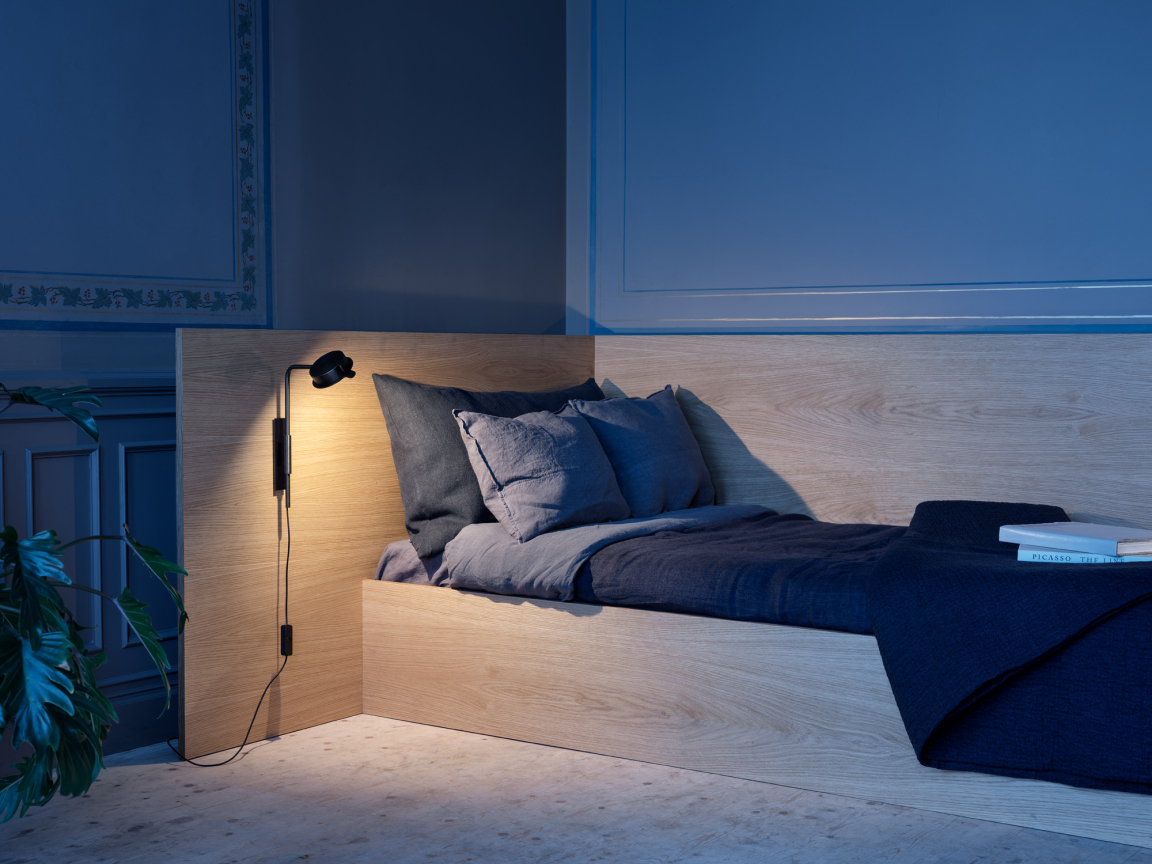
© Simon Menges
For the rest, little has changed since the start. What remains is the deep respect for the most basic human need – expressed through the combination of aesthetics, cutting-edge technology and resource conservation.
What also remains is the close collaboration with some of the world’s most renowned architects, designers and lighting experts. Discover more at wastberg.com.



